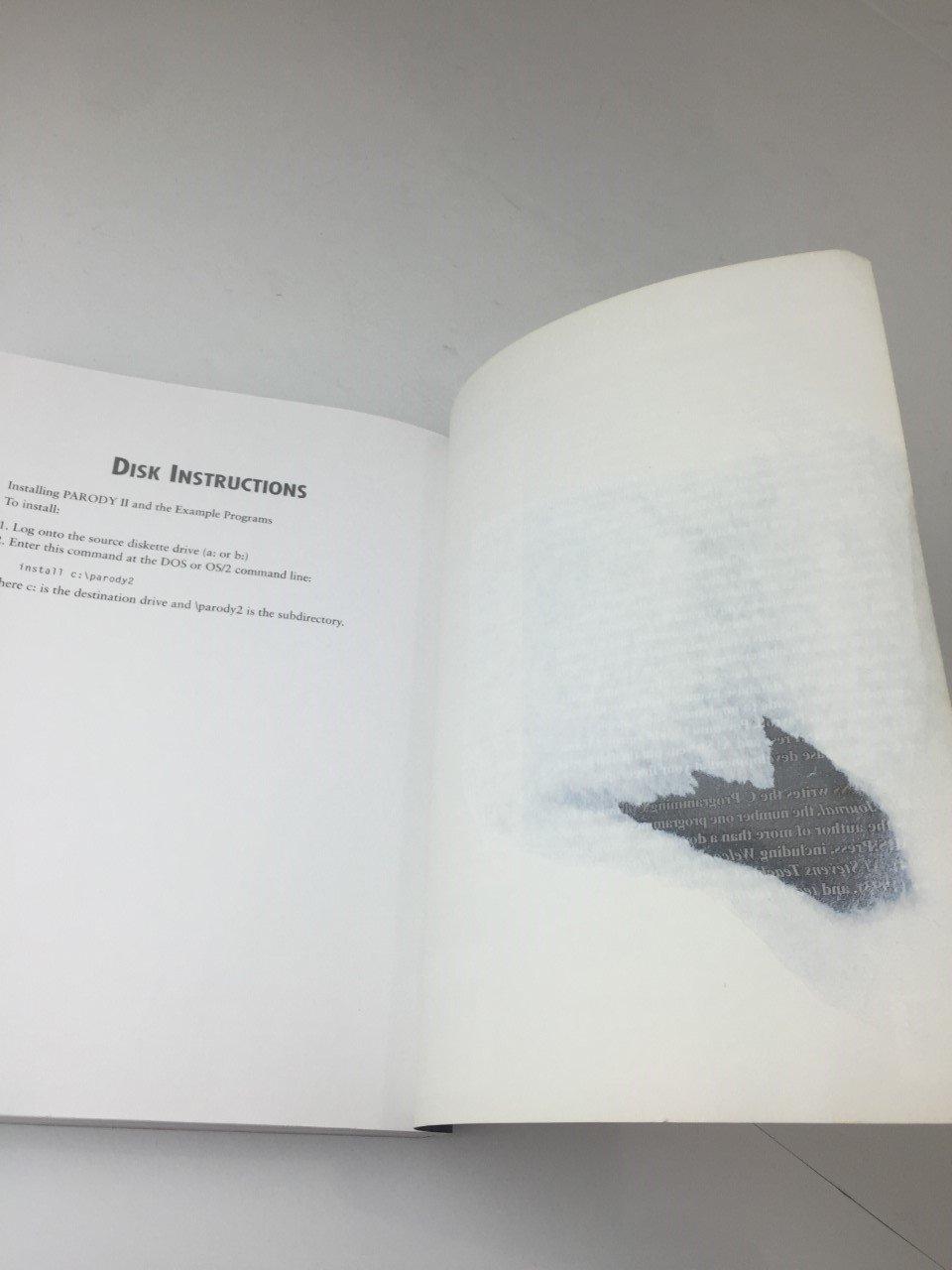Answered step by step
Verified Expert Solution
Question
1 Approved Answer
only using matlab solve questions 5,6 and 7 92 1 9|xi 3-6 13 2 11 2 3 35 1 0 2 8 4 9 2
only using matlab solve
92 1 9|xi 3-6 13 2 11 2 3 35 1 0 2 8 4 9 2 5 0 1||*3 li 6 1 3 01 1. Find the solution analytically (you can use Matlab) 2. Write a Matlab code for finding the solution for the given linear system in iterative fashion using Gauss-Seidel and Jacobi methods using zero values for all the unknown variables as an initial guess. 3. For each method above, and for each variable, what is the total number of iterations required to reach an absolute approximate error of 1E-8 and what is the corresponding estimation value? 4. For each method above, and for each variable, plot the percent relative true error and the percent relative approximate error versus the number of iterations. 5. Comment on the relation between the errors from one iteration to the next for each variable you find and compare/comment on the expected/unexpected efficiency and results of both methods. 6. Repeat 2 to 5 with relaxation using 2 = 1.2 7. For the Gauss-Seidel method and for each variable, plot the percent relative approximate error versus the number of iterations for the cases with and without relaxation (for each variable one figure that has two curves one with and one without relaxation). 92 1 9|xi 3-6 13 2 11 2 3 35 1 0 2 8 4 9 2 5 0 1||*3 li 6 1 3 01 1. Find the solution analytically (you can use Matlab) 2. Write a Matlab code for finding the solution for the given linear system in iterative fashion using Gauss-Seidel and Jacobi methods using zero values for all the unknown variables as an initial guess. 3. For each method above, and for each variable, what is the total number of iterations required to reach an absolute approximate error of 1E-8 and what is the corresponding estimation value? 4. For each method above, and for each variable, plot the percent relative true error and the percent relative approximate error versus the number of iterations. 5. Comment on the relation between the errors from one iteration to the next for each variable you find and compare/comment on the expected/unexpected efficiency and results of both methods. 6. Repeat 2 to 5 with relaxation using 2 = 1.2 7. For the Gauss-Seidel method and for each variable, plot the percent relative approximate error versus the number of iterations for the cases with and without relaxation (for each variable one figure that has two curves one with and one without relaxation) questions 5,6 and 7 

Step by Step Solution
There are 3 Steps involved in it
Step: 1

Get Instant Access to Expert-Tailored Solutions
See step-by-step solutions with expert insights and AI powered tools for academic success
Step: 2

Step: 3

Ace Your Homework with AI
Get the answers you need in no time with our AI-driven, step-by-step assistance
Get Started


